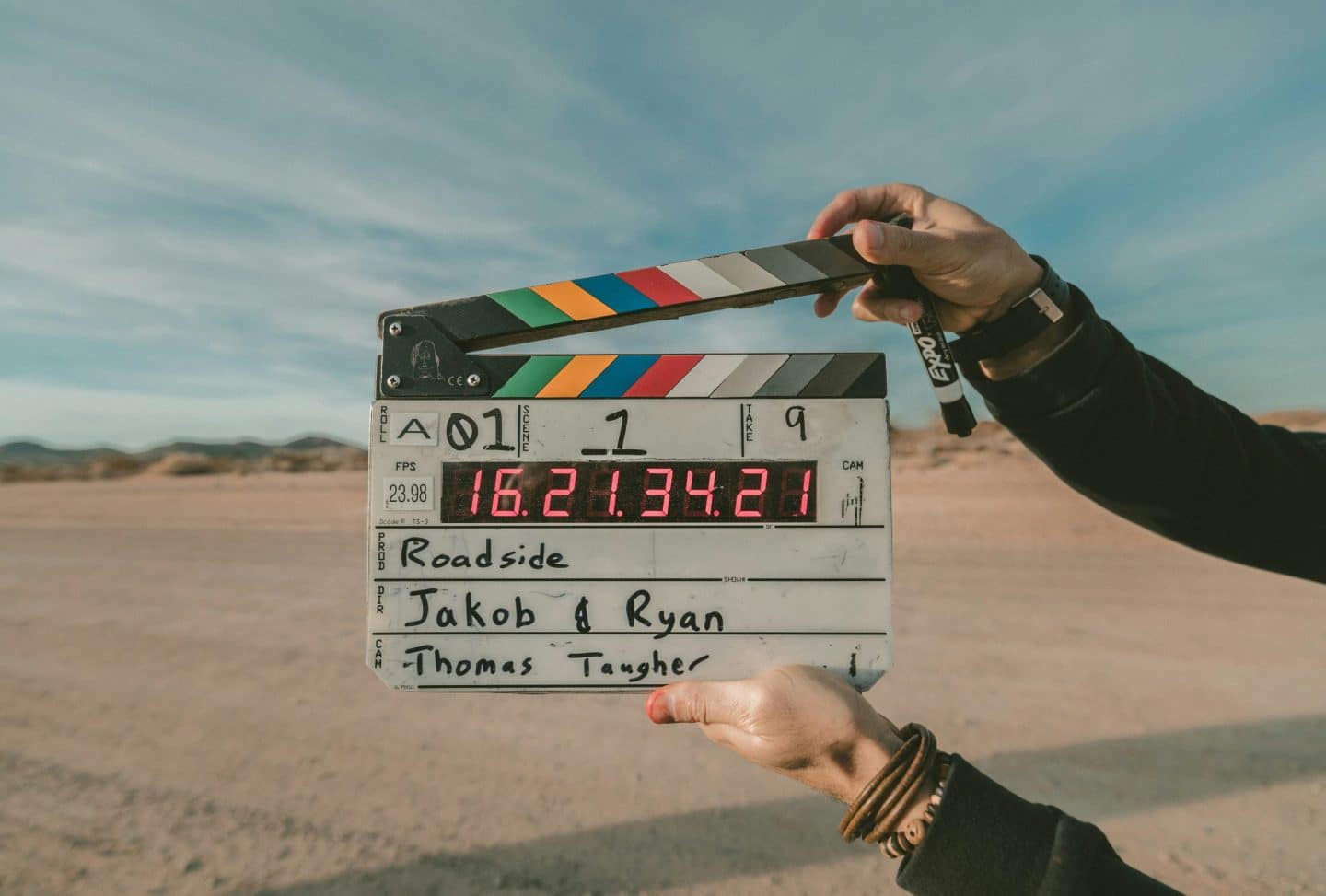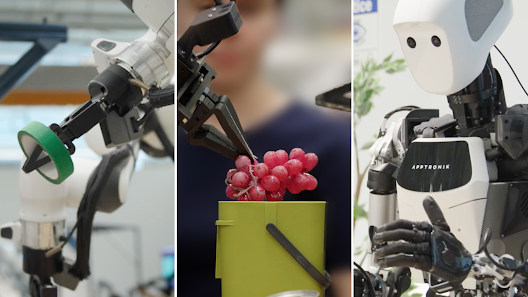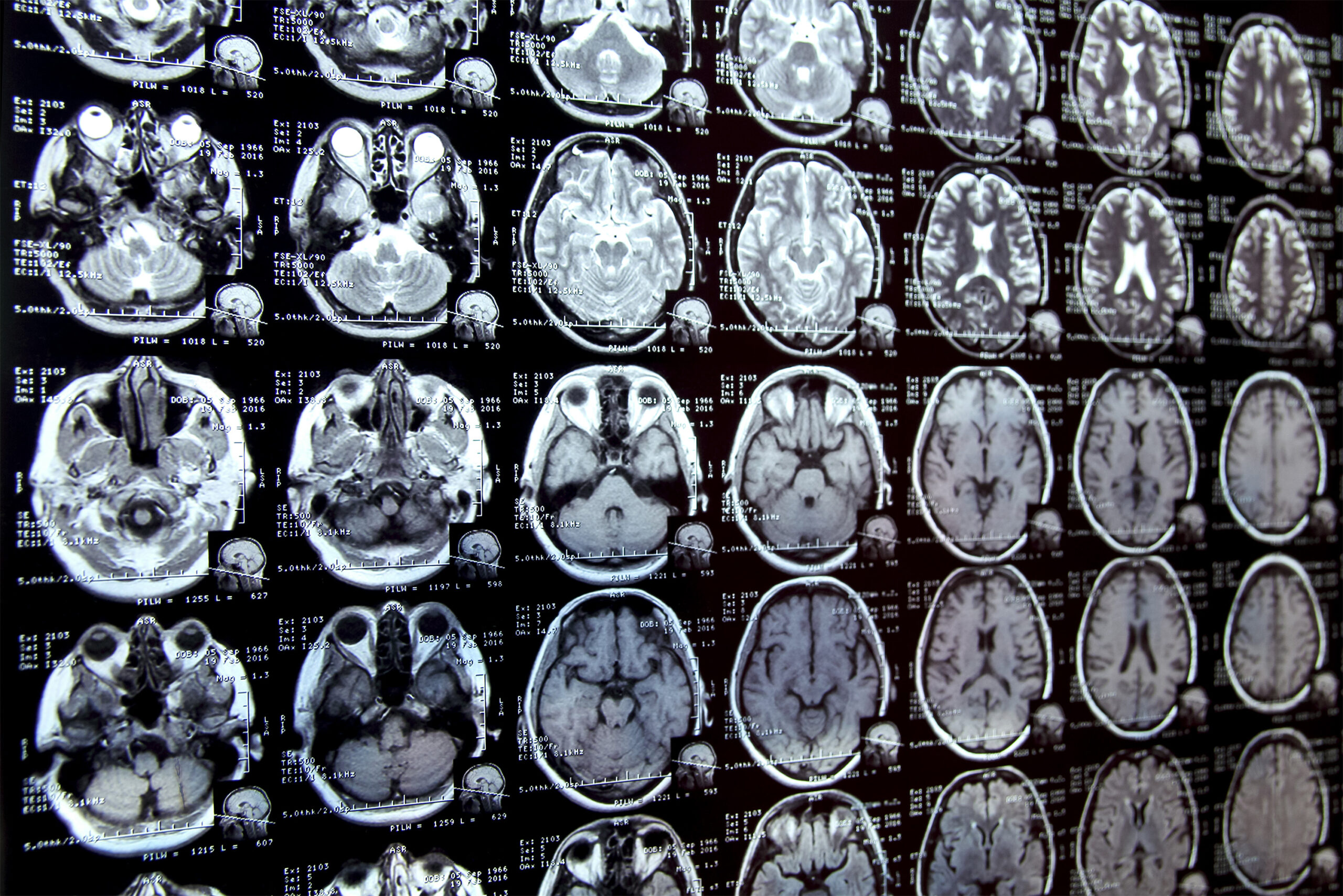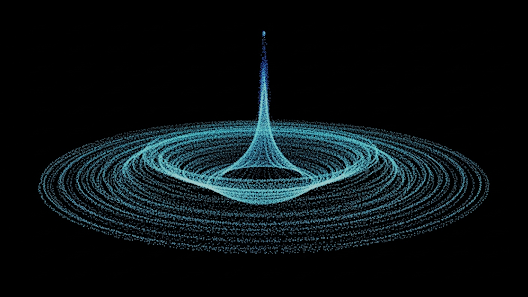Artificial Intelligence (AI) continues to reshape industries, and its impact on the film industry is no exception. The critically acclaimed movie The Brutalist, directed by Brady Corbet, showcases an innovative use of AI to refine the Hungarian accents of its lead actors, adding an authentic touch to the post-World War II drama.
A New Era of Linguistic Precision in Film
Set in the aftermath of World War II, The Brutalist tells the story of László Tóth, a Hungarian-Jewish architect portrayed by Adrien Brody, as he starts a new life in America. While the film captures the essence of the era, it also introduces a modern twist: leveraging AI to enhance the Hungarian dialogue delivered by Brody and co-star Felicity Jones. This technological intervention has sparked discussions on the role of AI in filmmaking.
How AI Elevated Authenticity
To overcome the linguistic challenges posed by Hungarian, a complex Uralic language, the production team utilized Respeecher, an advanced AI software. Developed by a Ukrainian company, Respeecher specializes in creating voice models that adjust pronunciation and tonal nuances. For The Brutalist, it fine-tuned the actors’ dialogues to ensure accurate representation of Hungarian sounds.
Editor Dávid Jancsó explained that while the actors were highly committed to their roles, mastering Hungarian pronunciations required additional support. Respeecher’s AI made subtle adjustments to vowel and consonant sounds while preserving the actors’ original performances. Jancsó humorously revealed that some of his own voice was integrated into the final edits to maintain authenticity.
Respeecher’s Hollywood Track Record
This is not Respeecher’s first high-profile project. The software has been used to revive iconic voices, such as Darth Vader in the Obi-Wan Kenobi series, and in preserving endangered languages like Crimean Tatar. For The Brutalist, AI proved invaluable, especially considering the film’s modest $10 million budget. Manually editing Hungarian dialogue would have been labor-intensive and costly, making AI a practical solution.
Expanding AI’s Role in Film Production
Beyond dialogue, AI contributed to other elements of the film. It helped generate some of the architectural designs and completed background elements for key scenes, such as the Venice Biennale sequence. However, director Corbet clarified that while AI played a supportive role, it was not used to replace traditional artistic methods but to enhance the creative process.
The Broader Debate on AI in Creative Industries
The use of AI in The Brutalist adds to the ongoing debate about technology’s role in the creative industry. While some see it as a betrayal of traditional craftsmanship, others view it as a tool to enhance efficiency and authenticity. This debate mirrors broader industry discussions, such as those that emerged during the 2023 Writers Guild of America and SAG-AFTRA strikes, where generative AI was a central topic.
For instance, AI’s potential to revolutionize industries was highlighted in how AI is transforming workflows in critical sectors like healthcare. Similar transformative discussions are now being applied to entertainment, as seen in The Brutalist.
A Cinematic Feat with a Modern Edge
The Brutalist is not just an homage to the architectural movement and classic American cinema; it is also a case study in how modern technology can enrich storytelling. Shot in the rare VistaVision format and featuring an intermission in its 3.5-hour runtime, the film combines nostalgic cinematic techniques with cutting-edge AI.
As the film garners Oscar buzz, it also serves as a conversation starter about the intersection of creativity and technology. Whether AI is seen as a revolutionary tool or a controversial addition, its role in shaping the future of storytelling is undeniable.







